The celebration of Matariki, the Māori New Year, is a deeply significant event in New Zealand’s cultural calendar. Marked by the rising of the Matariki star cluster—also known as the Pleiades—this period is a time for remembrance, celebration, and renewal. Among the many traditions associated with Matariki, the hāngī, or earth oven, stands out as a culinary and communal cornerstone. The hāngī is more than just a method of cooking; it is a symbol of togetherness, heritage, and connection to the land.
Preparing a hāngī is a labor-intensive process that requires careful planning and teamwork. A pit is dug into the earth, and stones are heated within it until they glow red-hot. Food—typically meats like lamb, pork, or chicken, along with root vegetables such as kūmara (sweet potato), potatoes, and pumpkin—is wrapped in leaves or placed in baskets, then lowered onto the stones. The pit is covered with damp cloths and soil to trap the heat, allowing the food to cook slowly for several hours. The result is a meal infused with smoky, earthy flavors, a testament to the patience and skill involved in its preparation.
The hāngī is not just about the food; it is a communal activity that brings people together. Families and communities gather to share in the work, from digging the pit to unwrapping the cooked feast. This collective effort reinforces bonds and reflects the Māori value of whanaungatanga, or kinship. During Matariki, the hāngī becomes a focal point for storytelling, song, and reflection, as people honor those who have passed and look forward to the year ahead.
In recent years, the revival of Matariki as a public holiday in New Zealand has brought renewed attention to traditions like the hāngī. Urban adaptations have emerged, with some using metal containers or modern ovens to replicate the method in settings where digging a pit is impractical. Yet, the essence remains the same: a celebration of culture, community, and the natural world. The hāngī, in all its forms, continues to be a powerful expression of Māori identity and resilience.
Beyond its cultural significance, the hāngī also highlights the sustainable practices inherent in Māori traditions. The use of natural materials—earth, stones, leaves—and the minimal waste produced align with contemporary values of environmental stewardship. As New Zealanders increasingly seek ways to connect with their heritage and the land, the hāngī offers a tangible link to the past while remaining relevant in the present.
Matariki and the hāngī remind us of the importance of slowing down, gathering with loved ones, and appreciating the gifts of the earth. In a fast-paced world, these traditions offer a moment of pause, a chance to reflect on what truly matters. Whether experienced in a rural marae or an urban backyard, the hāngī is a living tradition that nourishes both body and spirit, embodying the heart of Matariki’s message: renewal, gratitude, and hope for the future.
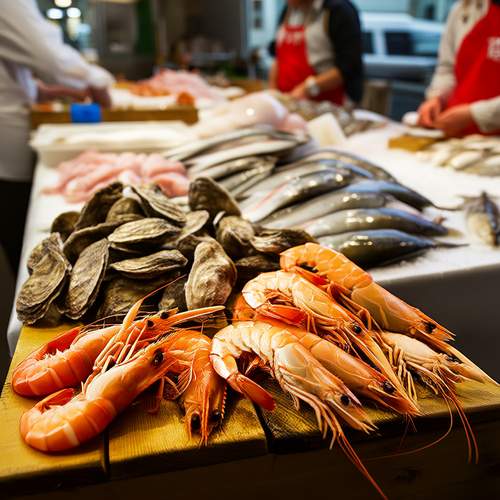
By /May 26, 2025
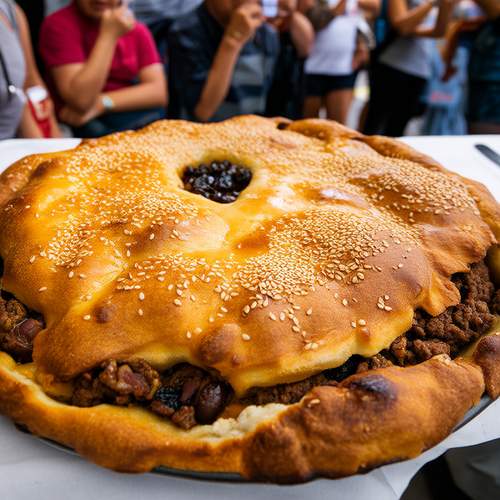
By /May 26, 2025

By /May 26, 2025
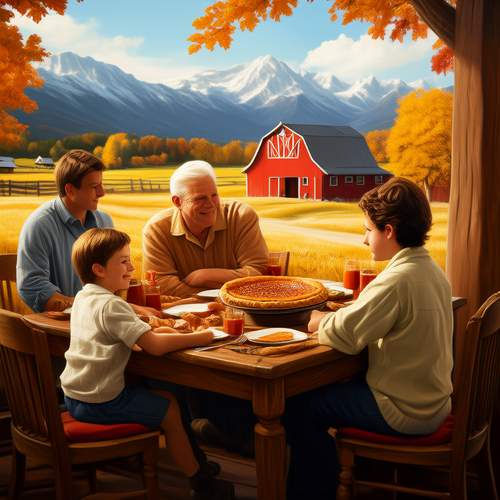
By /May 26, 2025
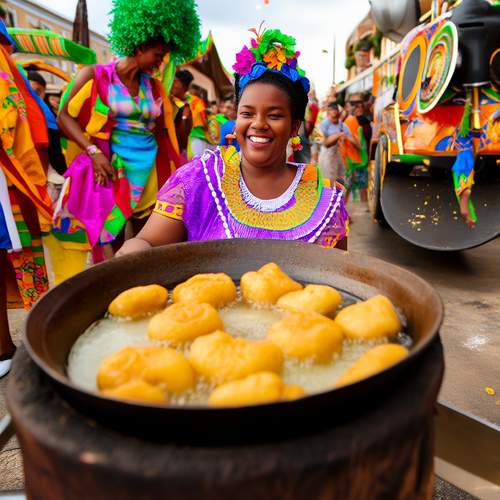
By /May 26, 2025
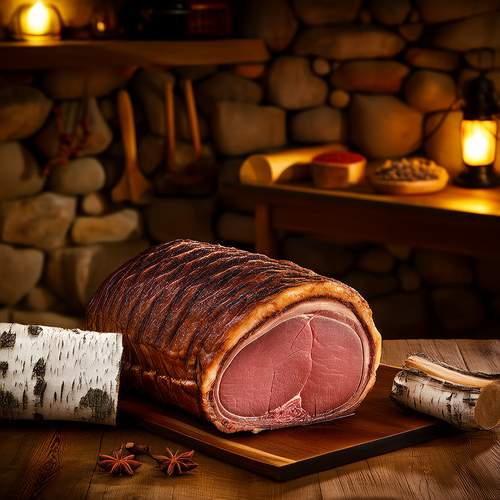
By /May 26, 2025
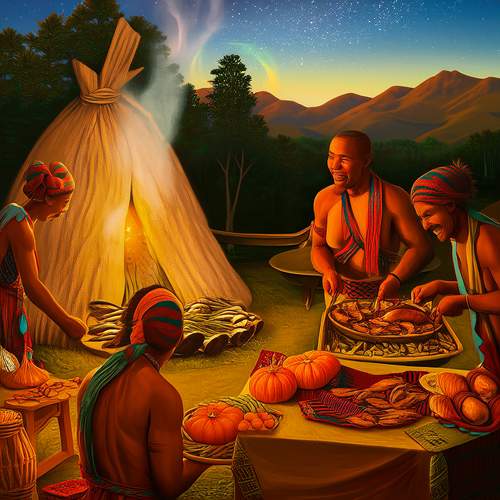
By /May 26, 2025

By /May 26, 2025
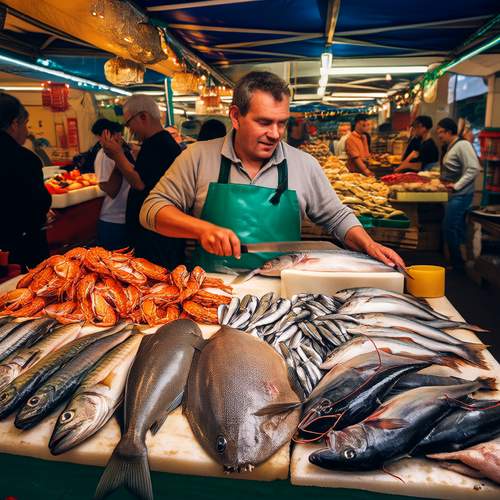
By /May 26, 2025
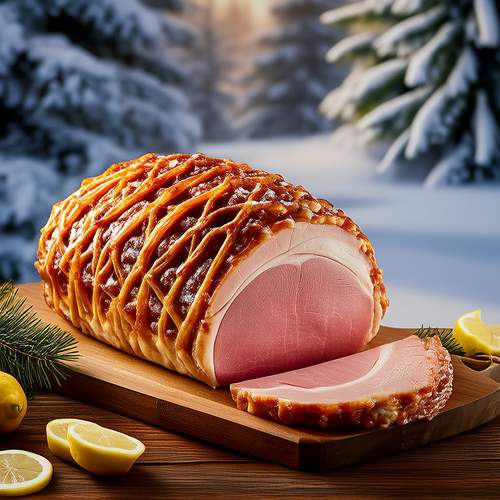
By /May 26, 2025

By /May 26, 2025
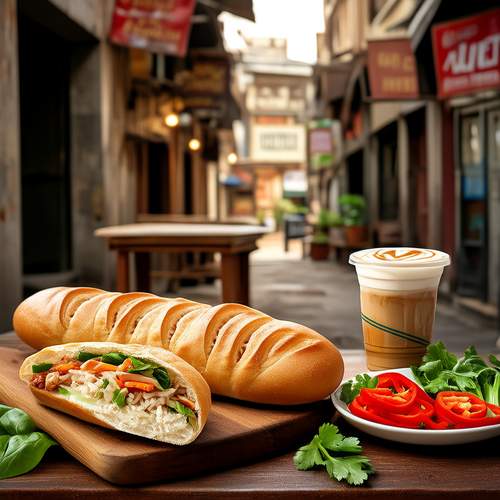
By /May 26, 2025
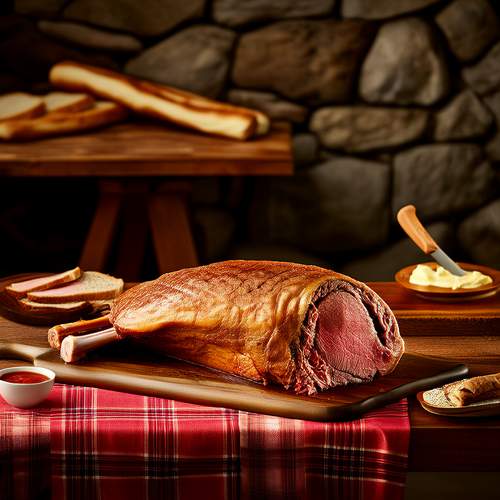
By /May 26, 2025
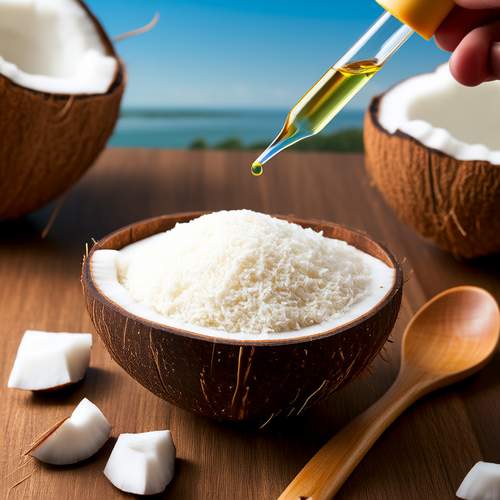
By /May 26, 2025
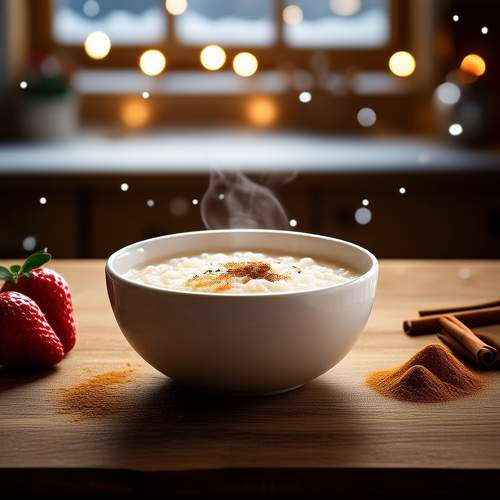
By /May 26, 2025
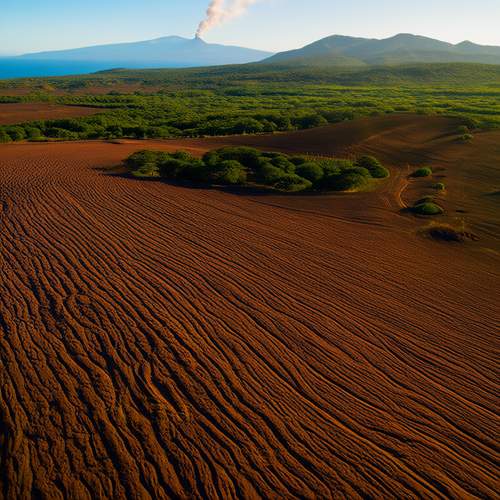
By /May 26, 2025
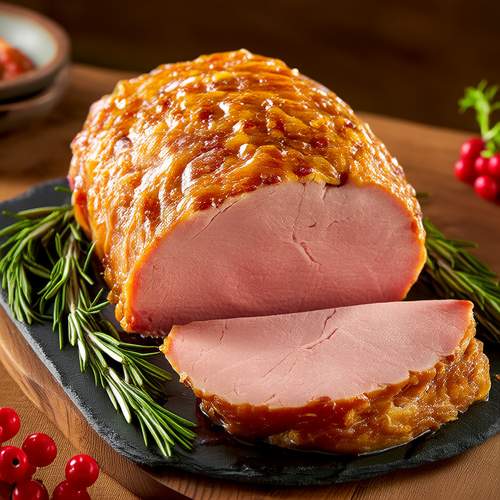
By /May 26, 2025